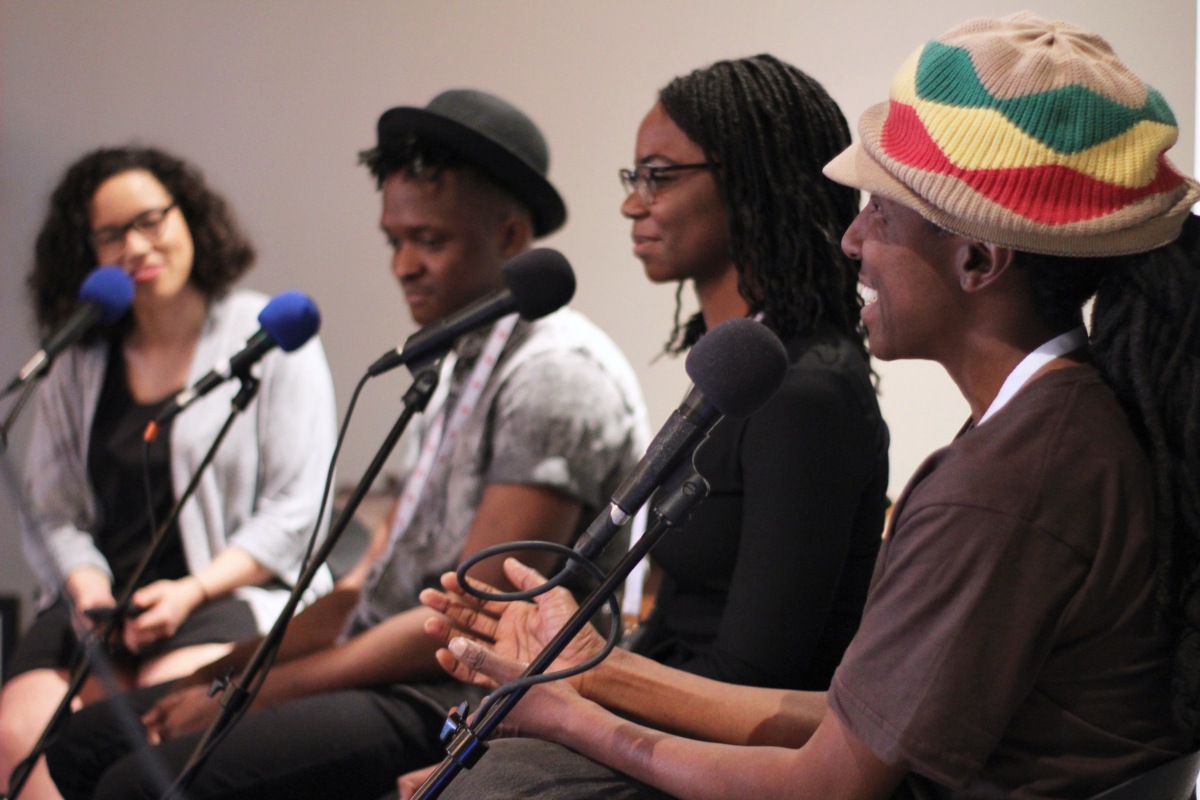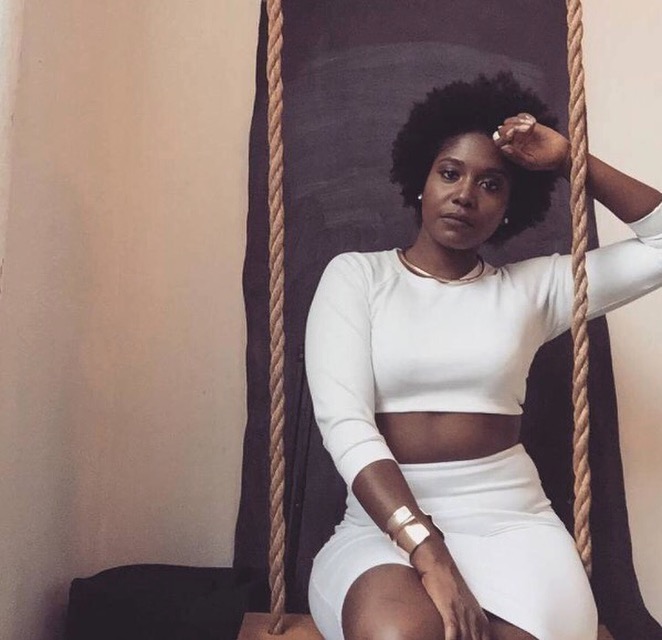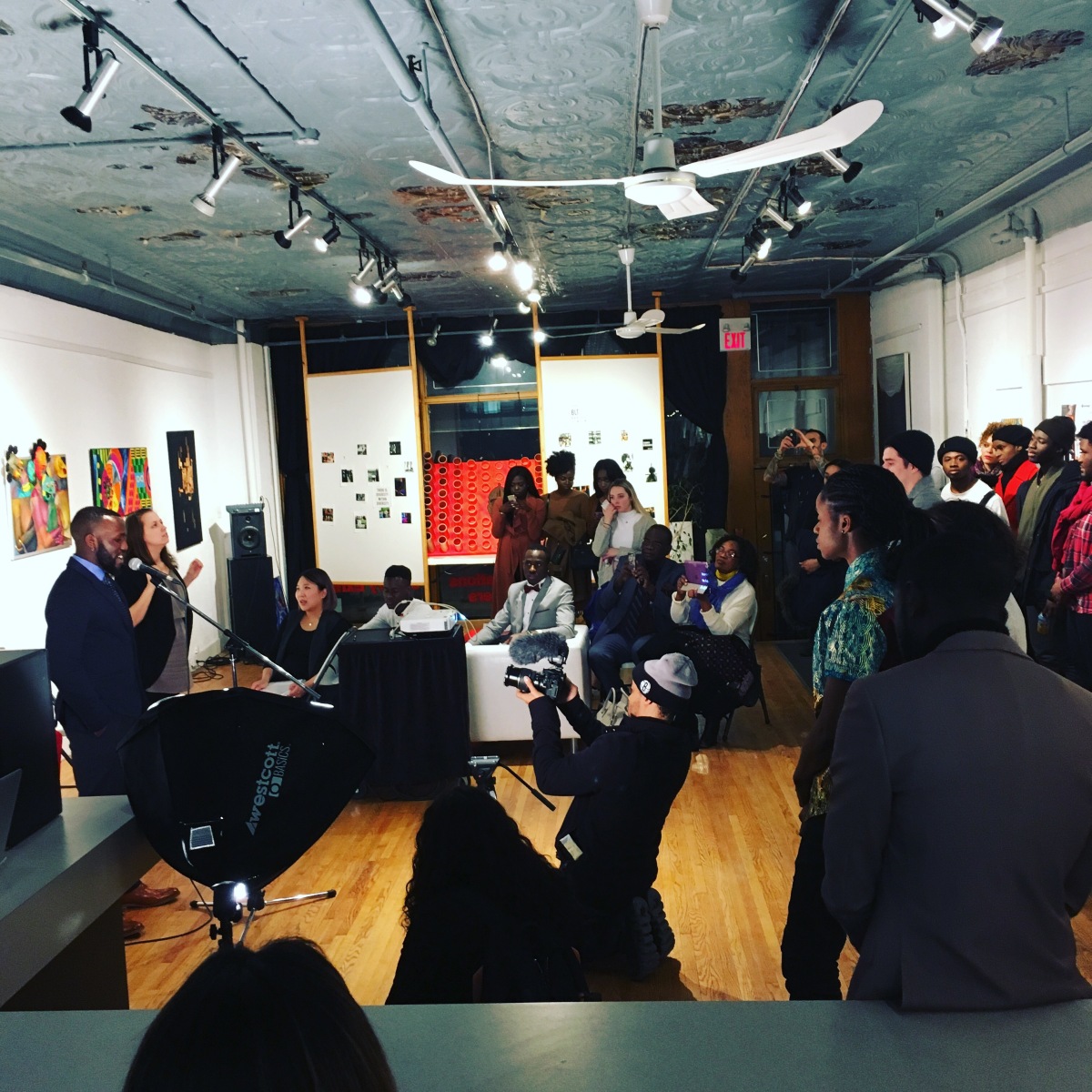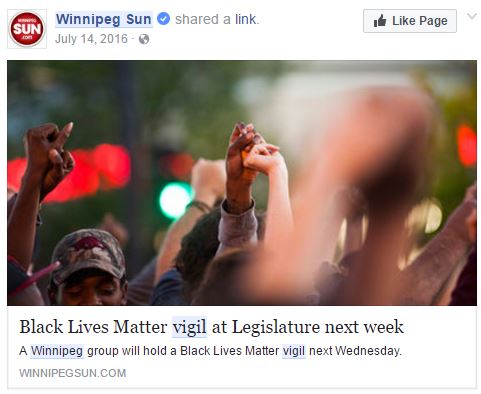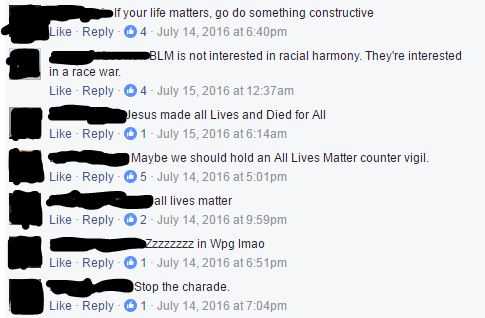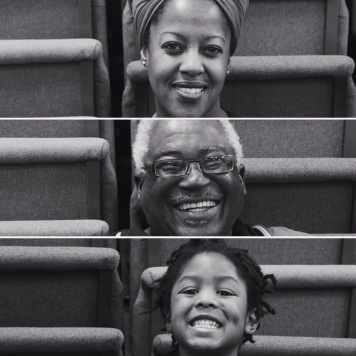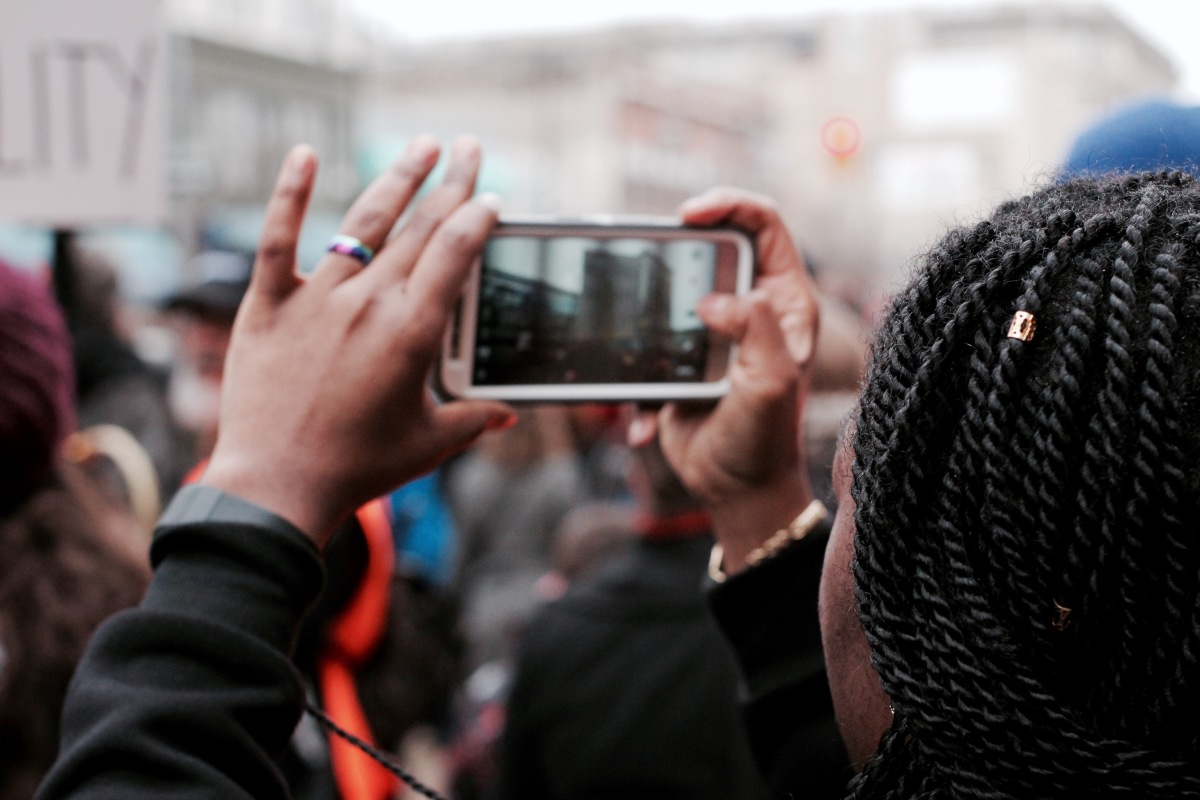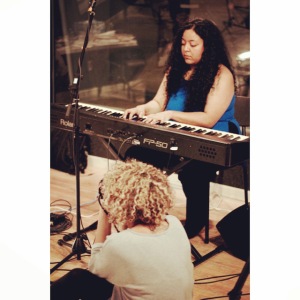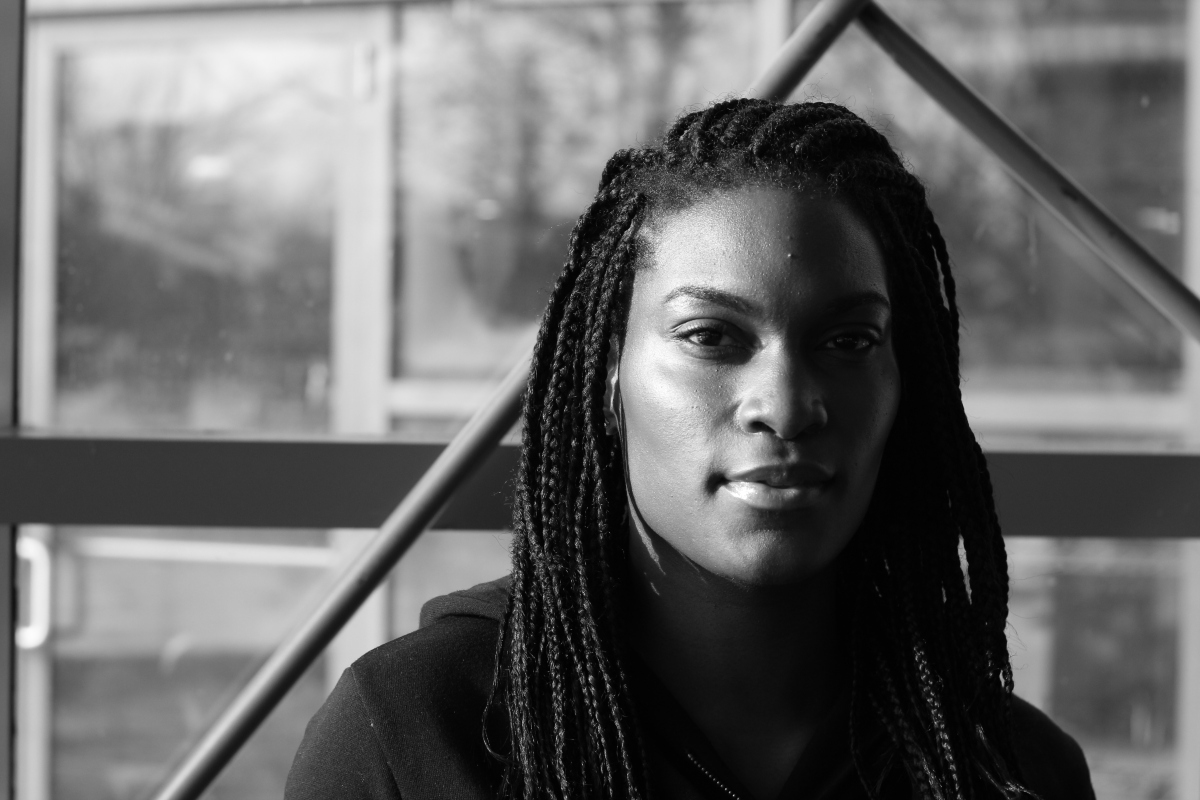A recent glance at the calendar made me realize ÉZÈ Studio will have its one-year anniversary this August. This comes right after the events this summer in Charlottesville, VA with neo-nazis and white supremacists taking to the streets; torches lit. With this realization, I am left wondering what has changed in the past year, if anything at all? I thought back to when I picked up my first DSLR and created a website dedicated to uplifting people in my community. In the short year, I have done a lot of work within Winnipeg’s black community. But I leave myself wondering, what did it amount to?
What was I able to change?
Did anyone find any resolve or comfort in the events and content I helped create?
Was I being naive to think I could somehow make a difference?
I say this because recently, an old friend saw some of my photos and asked me what made me start doing photography. They also asked why I focused on images of black artists and imagery that’s Afrocentric. To be honest, I hadn’t shared the reason with almost anyone because it was a depressing one. I also felt, due to being a self-taught photographer, that I tend to be insecure about the quality of my work.
Initially, I thought I would just share a different/ safer story I’ve shared before about how ÉZÈ STUDIO began. It was a story about a series of conversations I had with my co-founder, Niasha. When we first met in early 2016, the two of us shared stories of our upbringing and connection to our culture. That became the foundation for us wanting to start something like ÉZÈ STUDIO. The reality was that after these conversations, we hadn’t planned much of anything. It wasn’t until we got further into 2016 that we realized we had to do something.
A low point for me was during the week of the shootings of Alton Sterling and Philando Castile. During that week, I felt this type of sadness and grief that distinctly felt helpless and I mostly kept it to myself. This was a sense of crushing dread I couldn’t express to anyone at my work or nor among many of my friends.
Over time, the repeated stories of the police shootings and racial injustice took its toll on me. To some extent, I had started to become numb to what I was seeing because it had become so frequent and the justice that followed was seldom resolving.
This was a problem and it had to stop. I had to refuse to let myself become complacent in what I was seeing.
In the song ELEMENT. by Kendrick Lamar, he touches on the different elements of life that have shaped him into the person he’s become. When I think back to my upbringing, I think back to how I grew up in a proud Nigerian household. My home contained many elements of music, food, art, education, and values tied to spirituality and morality. Seldom were any of these elements reflected in the mainstream media coverage or in the open discussions of what was going on.
The aspect of a human life once loved and now lost seemed erased in much of the media coverage and this was not isolated to just the United States. Within Canada’s borders, there have been numerous cases of missing and murdered Indigenous women while celebrations like Canada 150 still take place. These celebrations stand as a reminder to the colonial destruction that still affects Indigenous communities today.
At times, when outlets wish to cover topics of racial inequality, they can be equally informative as they are dismissive of the impact had on those connected to it. With each headline of another death, I would be left to wonder what the stories of the victims were;
What were their hopes for the future?
What loved ones did they leave behind?
What memories did they share with their loved ones?
These elements are what compose each of their lives and connect each of us to our family and friends. It is through their names we see ourselves. That’s what makes what happened in Charlottesville so painful – after everything so far, this was still no surprise.
That the year of 2016, my friend Alexa Potashnik had formed an organization called Black Space Winnipeg. Alexa was an activist, blogger, radio host and Racialised Student Commissioner with the Canadian Federation of Students – MB. Through Black Space Winnipeg, she organized a vigil that summer at the Manitoba Legislative Building. The vigil was attended by hundred across the city and included a line-up of several speakers from local leaders in our community. Alexa invited me to be one of the speakers for the evening and it was a powerful experience – surrounded by other black leaders and families from across the city.
In February 2017, Niasha and I decided to put on our own event for Black History Month. Typically an event about black history would focus on past activists, thought leaders and icons that help progress civil rights for the community. Our event took a different approach. Our event was called BLT: Black Leaders of Tomorrow, an evening dedicated to local black leaders in Winnipeg who we celebrate today as they become part of Canada’s black history in the future. The event was held an art gallery filled with Afrocentric artwork and performances all by local black artists. Throughout the night, we interviewed black leaders of different industries and disciplines.
Click Here for the BLT Winnipeg 2017 Booklet
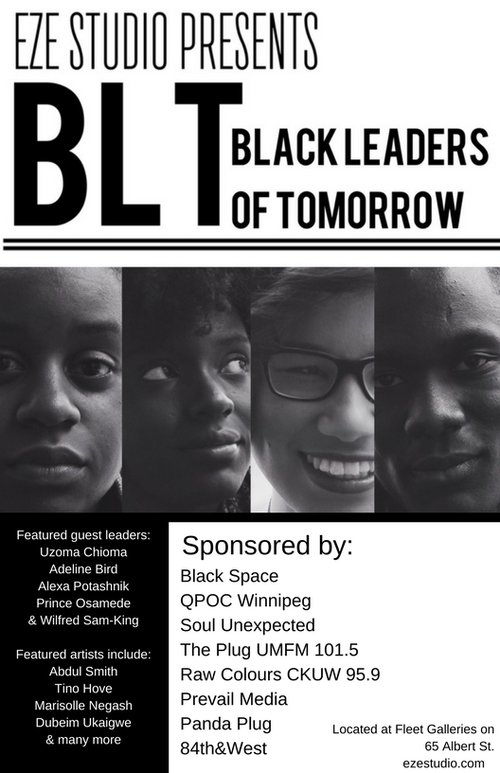
Our interviewees included our friend Alexa but we also interviewed my sister Uzoma Chioma, Founder of QPOC Winnipeg. QPOC Winnipeg is a group initiative based in Winnipeg, Manitoba which aims to increase the visibility of and create safer spaces for queer and trans people of colour. Uzoma is also an entrepreneur, Registered Psych. Nurse and former Team Canada Basketball player. Next was Adeline Bird, an author, social worker and podcast host.
Adeline is part African and Obijway from Rolling River First Nations, Manitoba. Her podcast, Soul Unexpected and book, “Be Unapologetically You: A Self-love Guide for Women of Colour” are resources she has created to share knowledge, inspire and create awareness for her viewers on her experiences and wisdom.
Following Adeline was Prince Osamede Arhunmwunde, an international bestselling author, TEDx speaker, publisher, and marketing consultant. Born in Benin City, Nigeria he moved to Winnipeg in 2006 to pursue his post-secondary education. He now is the Creative Director for Couronne Publishing.
Lastly was Wilfred Sam-King Jr., elite student-athlete, and University of Manitoba Student Union leader. Wilfred has competed at the national level for track and field and is a passionate entrepreneur who believes in the importance of ethical business practices.
Putting on an event like that reminded me of the gatherings and park outings my parents took me to when I was young. We would meet and spend time with other Nigerian families in Winnipeg and sometimes in the United States. They always made an effort to make sure my siblings and I had an understanding of who we are and the homeland we’re a part of. That we belong. That we matter.
Going back to 2016, I felt I had to do something but, at first, did not know what approach to take. I never saw myself as a political activist like Alexa, or as influential as my sister but I knew I could do something different. My goal was not to take a particular political stance or directly tackle an institution of racism. This instead was about taking care of oneself – a celebration of self. A reminder to go back to self-care, self-love and connecting with one another as proud black people.
Within a few weeks after the death of Alton and Philando, I went to a local Best Buy where I bought my first DSLR. I had no clue what I was doing, but I decided to teach myself to take photos. For my own sanity, I needed to personally change the images I saw around me. Images that showed the people doing incredible things in my life within my community. We have these conversations around police brutality and a rise in racial tension, but it often is from a politic stance or a social issue needing to be discussed from all sides. It, of course, is important to take into account the social and politic dynamics of these topics. However, these issues do take a disproportionate toll on people of colour, we repeatedly see these headlines that repeat a cycle of the injustice. It goes beyond political, it goes into our lives.
For me, this had to change.
I took that camera with me, first shooting and recording the things my family and friends in Winnipeg who had made a positive impact. From artists and musicians; entrepreneurs and community leaders. I wanted people to see what I saw in the people I loved and the community I proudly identify with.
As I posted my photos online, I had been approached for other opportunities. I had worked with Spur Festival, local art galleries, movie theatres, held live events, sat on panel discussions and more. Many of these opportunities were Afrocentric and were run by black people and POC that I otherwise may have never had a chance to work with.
I say all this to go back to the beginning of this post when I asked myself what was the point of everything I had done when things like Charlottesville continue to happen? I soon learned to stop asking myself those types of questions after that friend asked about my photography. I shared with them the real reason I went and got my first DSLR, created a website and what this past year has meant to me. They were very supportive, said they could see the emotion behind the images and encouraged me to continue.
After a panel discussion, we hosted in June, a black woman came up to Niasha and I thanking us for putting on these types of events. She explained she had seen us in the Metro newspaper just a half-hour before the panel discussion began and was elated that such an event was even taking place in Winnipeg. She recalled stories of what it was like for her growing up – never having a platform to share her thoughts and ideas. Near the end of our conversation, she became emotional and encouraged us to continue to support black leaders and our community.
It’s these kinds of conversations made me realize then that what I was doing was not for those white supremacist standing outside a college campus with tiki torches. It was for my community and the people I am able to form a connection with through my work. My work was a letter to self, and other people of colour (POC), affected by repeatedly being on the receiving end of systemic racism. A reminder that our worth is not tied to what we are subjected to but what we create for ourselves.
Much love,
Kelechi.

















